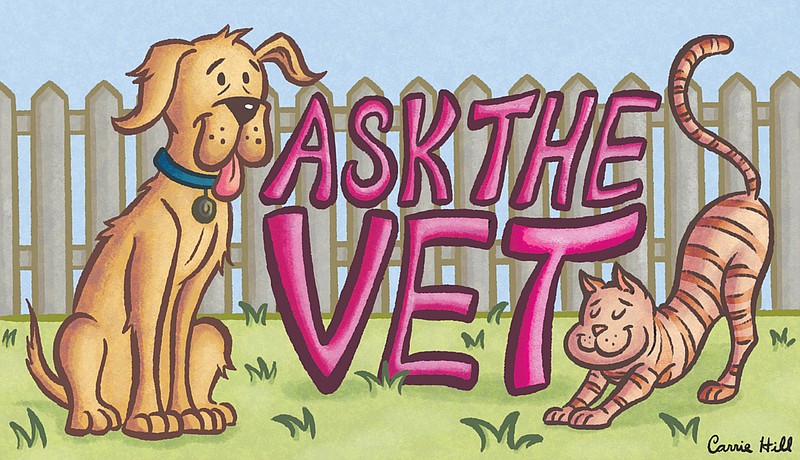Q: A houseguest watched me refill my dog's food and water bowls without washing them, my usual procedure unless there's obvious grime on them. She pointed out the slime covering the inside of the water bowl and told me it's dangerous because the slime harbors bacteria that can cause illness. Is she right? Should I do as she advises and scrub both bowls daily?
A: Yes and yes.
A recent study found that your practice, which increases the risk of illness for both you and your dog, is common.
Researchers surveyed 417 dog owners and tested 68 of their pets' food bowls for bacteria. Two findings surprised me.
First, bacterial counts from metal and ceramic bowls were as high as those from plastic bowls. Also, food bowl bacterial counts were as high from families with children and immunocompromised members as from healthy families, indicating that high-risk families are not taking essential precautions.
Bacterial counts were high because few study participants followed the Food and Drug Administration's pet food handling guidelines, published https://www.fda.gov/animal-veterinary/animal-health-literacy/tips-safe-handling-pet-food-and-treats/.
The slime in your dog's water bowl also poses a problem. This "biofilm" is composed of bacteria embedded within a slime produced by the microbes themselves. Biofilms adhere to living and nonliving surfaces.
When a biofilm forms on teeth, it's called plaque. A biofilm that clings to the inside surface of the bladder can cause persistent urinary tract infections. When an infection involves a catheter or orthopedic implant, it's usually due to a biofilm.
Biofilms shield bacteria from the environment, including the animal's immune system and antibiotics. As a biofilm grows within the body, some bacteria break off and establish new infections — and new biofilms — elsewhere.
Whether your dog's water bowl slime is harmful depends on what kinds of bacteria are embedded in the biofilm. Since you don't know what they are, scrub all water bowls with hot, soapy water daily. Do the same with your food bowls and kibble-measuring cup after each use, or clean them in the dishwasher as I do.
Finally, always wash your hands before and after feeding your dog.
Q: When I buy a new bag of kibble for my cats, should I leave it in the bag, or may I empty it into a large, covered food container?
A: I do both. I leave the kibble in the original bag and set the bag into a food container with a sturdy base and a secure lid. I store all pet food in the pantry with the door closed.
I prefer leaving the food in the bag for a few reasons. First, the container stays cleaner. I still wash and dry it between bags of food, but the process is easier.
Pet food bags are designed to keep kibble fresh, so removing food from the bag and storing it elsewhere can reduce its shelf life. Even food in the original bag should be kept in a cool, dry location to minimize spoilage and prevent the fats from becoming rancid.
It's also important to keep pet food in the original bag in case of a recall, since the bag displays the food's name, manufacturer, lot number and expiration date.
Lee Pickett, VMD, practices companion animal medicine in North Carolina. Contact her at

